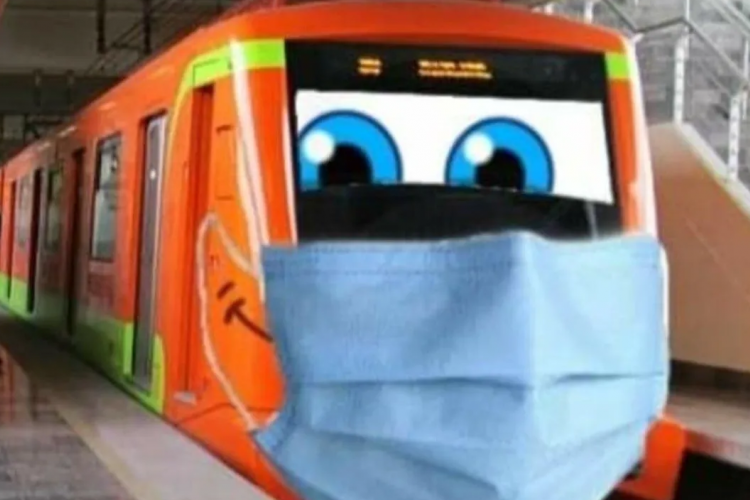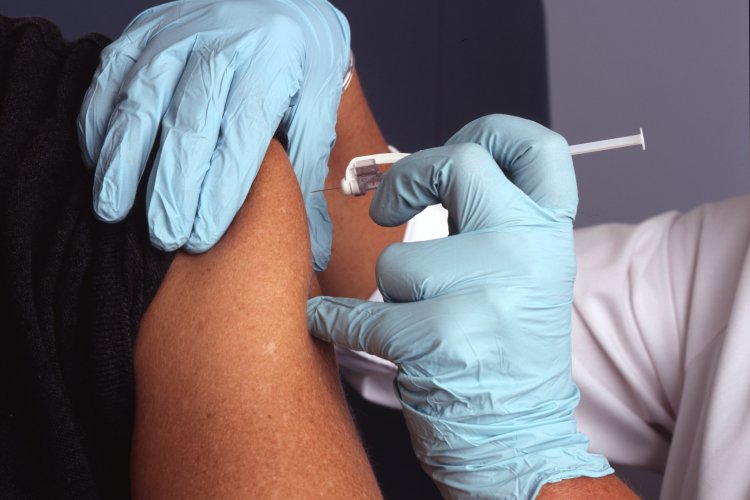COVID-19 Catch-Up: One Last High-Risk Zone, Train Passengers No Longer Need Testing
After a significant scare put a damper on Beijing's June, the rest of the summer is starting to look like smooth sailing now that confirmed local cases have been reduced to just one or two per day. This week, as we continue to survey the consequences of COVID’s return to the capital, we are happy to be the bearers of mostly good news – and genuinely hopeful that the trend will continue on that trajectory.
Just one high-risk area left
The city is seeing the fruits of its intensive testing labor. With over ten million Beijingers now tested for the novel coronavirus – about half of the city’s population – the city has been able to contain the spread of the virus to the extent that just a single high-risk area remains.
Last week, there were a total of six high-risk areas, but now that Xindian and Shi’anmen streets in Fengtai district, Anding village in Daxing district, Balizhuang street in Haidian district, and Beiyuan street in Tongzhou district have all been downgraded to medium-risk zones, Huaxiang area in Fengtai district stands as the sole high-risk area, National Business Daily reports.
Travel restrictions lifted for train passengers
Departing from Beijing by train no longer requires proof of a negative nucleic acid test, according to Beijing News.
The change came into effect Jul 4, allowing Beijingers who live in low-risk areas to board their train with a simple scan of ID. People in the last remaining high-risk area are not allowed to purchase tickets, and the city is also restricting the purchase of tickets by individuals in medium-risk areas using big data – the details of which were not made clear – provided by the Center for Disease Control.
Other diseases cause a fright, but there is little reason to worry
Last week, a series of headlines warned of a new strain of swine flu that has the potential to become another pandemic. While not immediate cause for alarm, scientists say there is good reason for health authorities to keep a close eye on the virus: a study has revealed that about 10 percent of swine industry personnel have already been exposed, although none of those exposures were through human-to-human contact. Nevertheless, if the flu strain were to pose a threat, it should be manageable as existing flu vaccines might be adapted to protect against it.
Meanwhile, Inner Mongolia has once again been struck by a suspected case of bubonic plague. The disease appears to have entered the Chinese province following two confirmed cases in Mongolia that resulted from two brothers eating marmot meat. A total of 146 people were quarantined at local hospitals as a precautionary measure.
An uproar ensued in November of last year when two cases of the plague were brought from Inner Mongolia to Chaoyang Hospital in Beijing. Fortunately, the cases were contained without issue.
READ: Always stay up to date on the latest figures with our Coronavirus Count
Image: China News
Related stories :
Comments
New comments are displayed first.Comments
![]() Sikaote
Submitted by Guest on Tue, 07/07/2020 - 13:38 Permalink
Sikaote
Submitted by Guest on Tue, 07/07/2020 - 13:38 Permalink
Re: COVID-19 Catch-Up: One Last High-Risk Zone, Train...
China Daily reported that nucleic tests are not required from medium risk zones to travel. No mention of domestic quarantines for persons travelling from Beijing.
But basically it's business as usual: Right Hand, this is Left Hand.

There is no mention of medium risk areas in Beijing just high-risk ones some becoming a medium one. As far as I know, you need a nucleic test to leave Beijing if from a medium risk area though that now looks different if traveling by train no mention of bus, car, or plane whether elsewhere in China or overseas.
![]() John Farnworth
Submitted by Guest on Mon, 07/06/2020 - 23:18 Permalink
John Farnworth
Submitted by Guest on Mon, 07/06/2020 - 23:18 Permalink
Re: COVID-19 Catch-Up: One Last High-Risk Zone, Train...
There is no mention of medium risk areas in Beijing just high-risk ones some becoming a medium one. As far as I know, you need a nucleic test to leave Beijing if from a medium risk area though that now looks different if traveling by train no mention of bus, car, or plane whether elsewhere in China or overseas.
Validate your mobile phone number to post comments.







